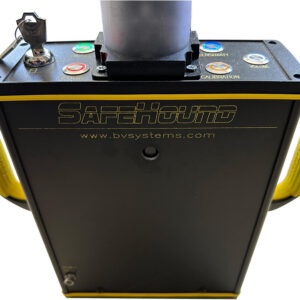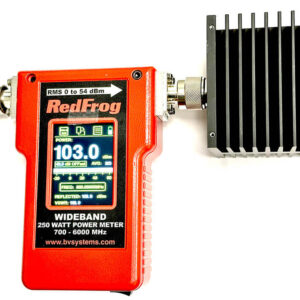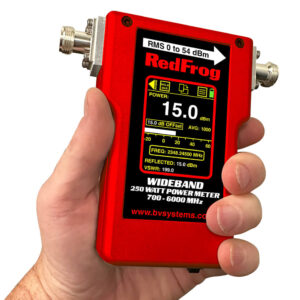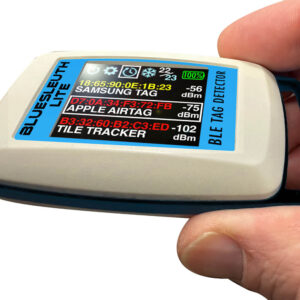Your cart is currently empty!
The Grass Is Always Greener On The Wireless Side

The sun shines bright as it rises in the distant horizon shimmering across the lake of a magnificent golf course. You pull the sock off your favorite Big Bertha driver excitedly as you meander to the tee box for your first shot of the day. Time stops for a brief moment and you are in disbelief that you finally are able to spend a quiet day playing 18 holes. The deep green relaxes you as your club launches your Titleist 375 yards – just a foot from the pin. As you gleefully walk towards your ball, you notice the perfectly manicured grass and wonder how do they keep it so green?
There is one secret to green grass, water and lots of it. The average golf course thirsts for 35 million gallons of water a year. To effectively get this water evenly spread over the 18 holes requires a network upwards of 1,500 sprinklers spaced 70-80 feet apart. The average course runs sprinklers up to 8 hours a day, everyday. To effectively control a massive system such as this takes advanced technology.
When golf courses are designed, the irrigation system is carefully engineered to keep the grass green, minimize water usage and do all this while remaining hidden to anyone on the course. Irrigation companies use numerous sensors monitoring temperature, humidity, and moisture within the turf to properly irrigate the golf course and keep it green. Sprinkler heads are typically controlled through a 450 MHz wireless paging system allowing the 1,500 sprinkler heads to be remotely controlled automatically. The wireless sensors have technical range limitations as well as FCC transmission guidelines to comply with. To effectively install and maintain an advanced wireless irrigation system requires an equally advanced tool that can measure the signal strength. Engineers and installers need to measure how well the RF (Radio Frequency) signals propagate within the confines of a given course to maintain adequate signal coverage.
When designing a wireless network there is even a need to factor in wireless obstructions such as leaf foliage; the leaves on trees hold a tremendous amount of water which attenuates an RF signal’s propagation characteristics. There is also a need to verify that there are no other nearby interfering RF signals within the same band.
Irrigation companies turn to BVS for their Mongoose™ signal strength meter to tackle their wireless challenges. The Mongoose unit is a handheld and ruggedized calibrated field instrument that instantly measures the 450-470 MHz band aiding in installation and maintenance of the wireless network.
Next time you are driving down the fairway or putting for birdie, stop for a moment and enjoy your day away from reality. Know that high-tech solutions are always working behind the scenes to ensure the grass stays green.

Scott Schober
CEO | Author | Speaker at Berkeley Varitronics Systems
Scott Schober presents at cybersecurity and wireless security conferences for banking, insurance, transportation, construction, telecommunications and law enforcement industries. He has overseen the development of dozens of wireless test, security, safety and cybersecurity products used to enforce a “no cell phone policy” in correctional, law enforcement, and secured government facilities. Scott regularly appears on network news programs including Fox, Bloomberg, Good Morning America, CNN, MSNBC, NPR and many more. He is the author of 'Senior Cyber', 'Cybersecurity is Everybody's Business' and 'Hacked Again', the “original hacker’s dictionary for small business owners” - Forbes Magazine.
Our Newsletter
Lorem ipsum dolor sit amet, consectetur adipiscing elit. Aliquam mattis ligula vitae leo scelerisque, sit amet feugiat ex venenatis.
"*" indicates required fields
Latest Posts
Our Best Sellers
How can we help?
Lorem ipsum dolor sit amet, consectetur adipiscing elit. Nunc dictum aliquet justo sit amet consectetur. In tempor lobortis ante vitae ornare. Praesent feugiat magna at tempor consequat. Aenean in iaculis libero, aliquam imperdiet mi.









Leave a Reply